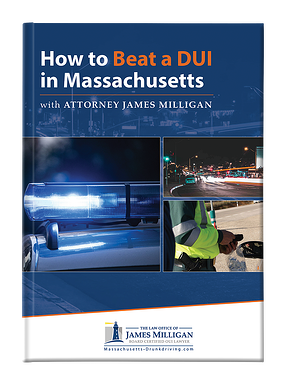To get your driver’s license back after a DUI, you will need to follow a series of steps and meet certain requirements set by your state’s Department of Motor Vehicles (DMV). These steps may include: 1. Complete all court-ordered penalties: This may include paying fines, completing a DUI education program, or serving any jail time. You will need to provide proof of completion to the DMV. 2. Attend a DUI hearing: The DMV may require you to attend a hearing to determine your eligibility for reinstatement of your driver’s license. During this hearing, you may need to present evidence such as a completion certificate for a DUI education program or letters of recommendation. 3. Obtain an SR-22 form: An SR-22 form is a certificate of financial responsibility that proves you have the minimum liability insurance required by your state. This form must be issued by your insurance provider and submitted to the DMV before your license can be reinstated. 4. Serve your suspension or revocation period: Depending on your state’s laws, you may be required to serve a suspension or revocation period before your license can be reinstated. 5. Pay a reinstatement fee: In most states, there is a fee that must be paid to reinstate your driver’s license. This fee may vary depending on your state and the circumstances of your DUI offense. 6. Attend a reinstatement or DUI program: Some states may require you to attend a DUI.

